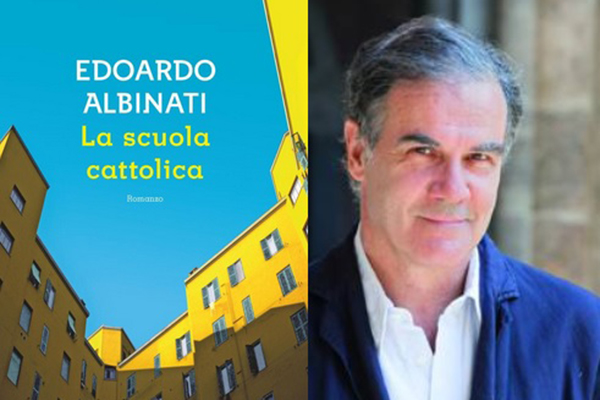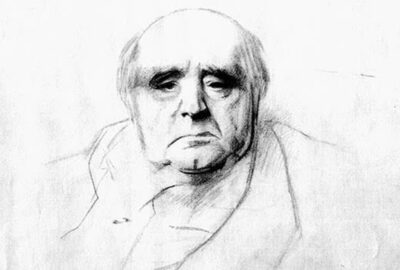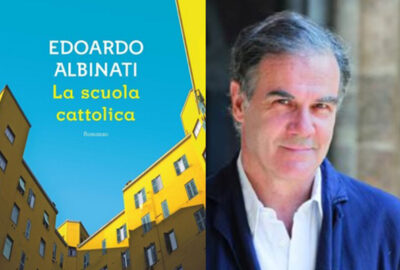“The Catholic School” by Edoardo Albinati is a complex and extensive novel that delves deep into the sociopolitical and cultural landscape of Italy during the 1970s. Set in Rome, the story primarily revolves around a gruesome and infamous crime, the Circeo massacre, where a group of young men from well-off families brutally assaulted and murdered two young women. This horrific event serves as a central point around which Albinati weaves a narrative that examines the disintegration of Italian society during that era.
Through the lives of its characters, most of whom are students at an elite Catholic school, the novel explores themes of masculinity, violence, sexuality, and the influence of Fascism in post-war Italy. Albinati’s narrative is not linear but rather a mosaic of memories, reflections, and philosophical musings, which sometimes blur the lines between fiction and the author’s own life experiences as a student at the same school where the perpetrators were educated.
The book delves into the psychological and societal factors that might lead to such extreme violence. It scrutinizes the role of a privileged education, the impact of authoritarian teaching methods, and the Catholic Church’s teachings on morality and sexuality. In doing so, Albinati presents a panoramic view of a society in turmoil, grappling with the legacy of its fascist past and the challenges of a rapidly modernizing world.
At over 1,200 pages, “The Catholic School” is a demanding read, dense with philosophical and sociological insights. It offers not just a story, but a profound critique and exploration of a pivotal time in Italian history and its enduring impact on contemporary society.



